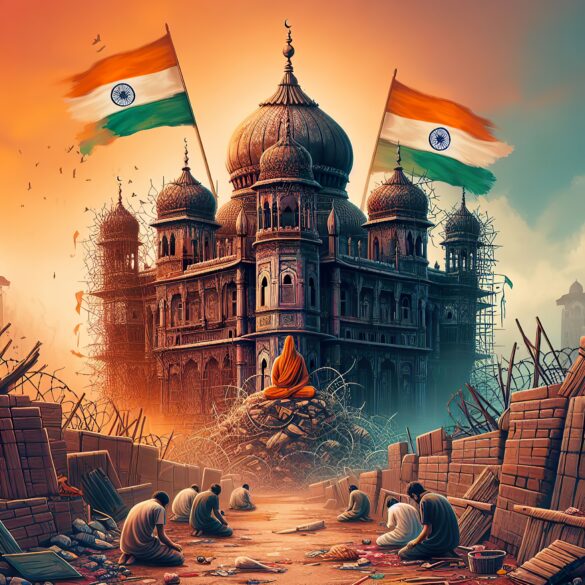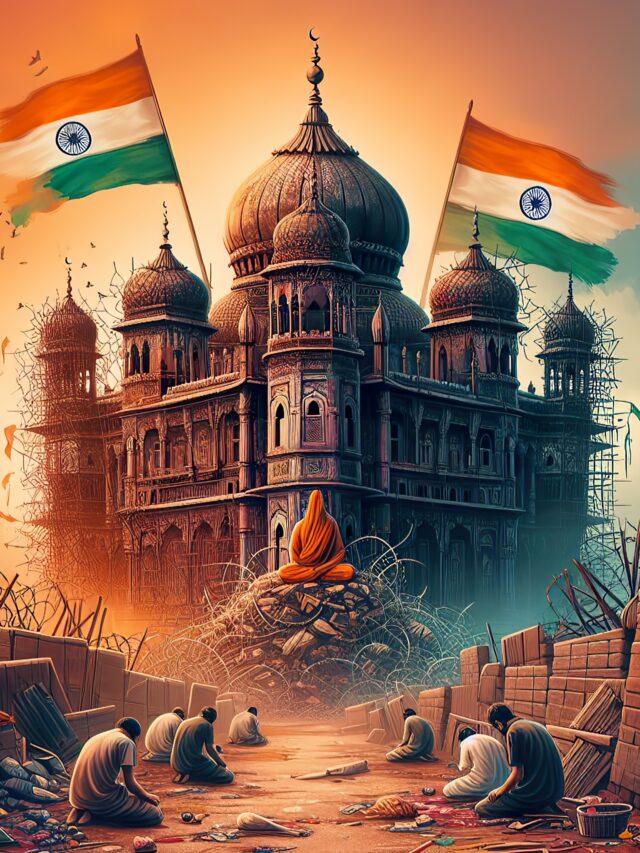A Varanasi court has ruled in favor of Hindu petitioners, granting them the right to worship inside the disputed Gyanvapi Mosque complex. This comes after a detailed report by the Archaeological Survey of India (ASI) revealed the presence of Hindu temple remnants beneath the mosque’s structure.
The ASI report, submitted in May 2023, detailed extensive evidence of a pre-existing Hindu temple, including carved pillars, sculptures, and inscriptions. This finding supports the claims of Hindu petitioners who believe the mosque was built on the ruins of an ancient Hindu temple dedicated to Lord Shiva.
The court’s decision has sparked mixed reactions, with Hindu groups celebrating the ruling as a victory for their religious rights, while Muslim groups express concerns about the potential implications for other mosques in India. The Gyanvapi Mosque case is one of several high-profile disputes in India over religious sites, and the court’s decision is likely to be appealed.
Historical Context
The Gyanvapi Mosque, located in Varanasi, Uttar Pradesh, was built by Mughal emperor Aurangzeb in the 17th century. Hindus claim that the mosque was constructed on the site of a demolished Hindu temple dedicated to Kashi Vishwanath, one of the holiest shrines in Hinduism.
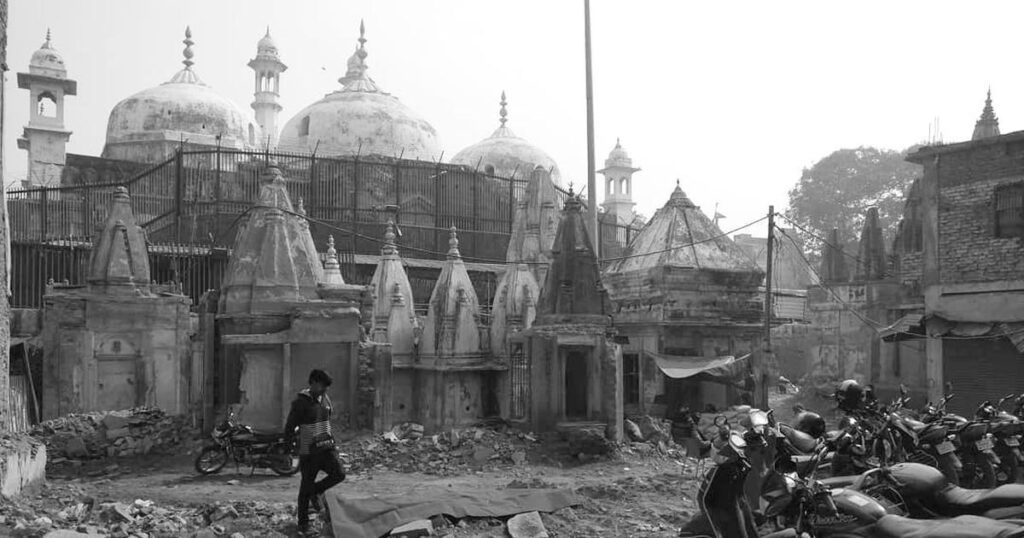
Timeline of Gyanvapi Mosque Dispute
| Demolition of Temple |
| Popular belief: Gyanvapi Mosque constructed in 1669 by Aurangzeb after demolishing the Vishweshwar temple. |
- Saqi Mustaid Khan’s Maasir-i-Alamgiri mentions Aurangzeb’s order to demolish the temple in 1669.
- ASI report: Mosque built in the 20th regal year of Aurangzeb (1676-77 CE) proved by an Arabian-Persian inscription found inside a room in the mosque.
- Historian Audrey Truschke: Aurangzeb destroyed bulk of Benares’s Vishvanatha Temple in 1669 and had been built during Akbar’s reign by Raja Man Singh, whose great-grandson, Jai Singh, many believed helped Shivaji flee from the Mughal court in 1666.
| Legal Battle |
| Case filed in 1991, by three persons including a descendant of the priests claiming temple demolition by Aurangzeb, seeking land return. |
- August 18, 2021: Five women filed petition to worship at Mata Shringar Gauri Temple, leading to commission formation.
- Varanasi court instructed commission to provide survey report via videography of Mata Shringar Gauri idol and Gyanvapi complex.
- Hindu side presented detailed map of Gyanvapi complex, identifying temples and landmarks such as Vishweshwar temple, Gyankoop (Mukti Mandap), the prominent Nandi statue, and the Vyas family basement.
- Muslim side argues dispute resolution not possible under Places of Worship Act, 1991.
- Places of Worship (Special Provisions) Act, 1991, Section 3: Prohibits conversion of place of worship into different religious denomination. |
The dispute over the ownership of the site has been ongoing for decades, with Hindu groups filing lawsuits in the 1990s seeking to reclaim the site for temple construction. The case gained national attention in 2022 when a lower court ordered a videography survey of the mosque complex, leading to the discovery of the Hindu temple remnants.
Gyanvapi Mosque Case Explodes Again: ASI Survey Reveals Hindu Deities, Shivlinga Fragments
The Gyanvapi Mosque case in Varanasi took a dramatic turn as the Archaeological Survey of India (ASI) survey report ignited fresh controversy. Leaked photos from the report allegedly reveal fragments of Hindu deities and other iconography within the mosque complex, reigniting claims that the mosque was built atop a pre-existing Hindu temple.
Download the Gyanvapi Mosque Case Survey Report Pdf : Gyanvapi Mosque Case Survey Report Pdf Download
The leaked photos, numbering over 800, throw a bombshell into the already contentious case. They reportedly show broken idols of prominent Hindu deities like Hanuman, Ganesha, and Nandi. Even more striking is the discovery of several yonipattas (the base of a shivlinga) and a partially damaged shivlinga itself.
These images have become a rallying cry for the Hindu side, who argue they provide irrefutable evidence of a demolished temple beneath the existing mosque.
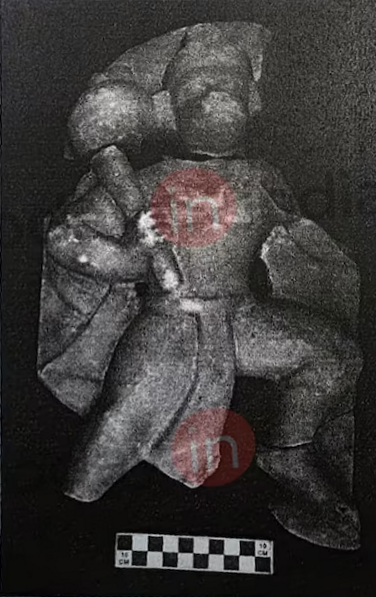


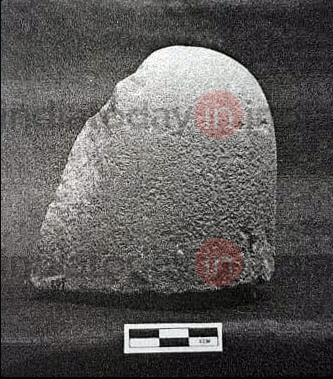
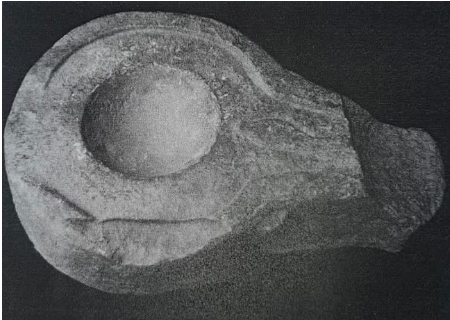
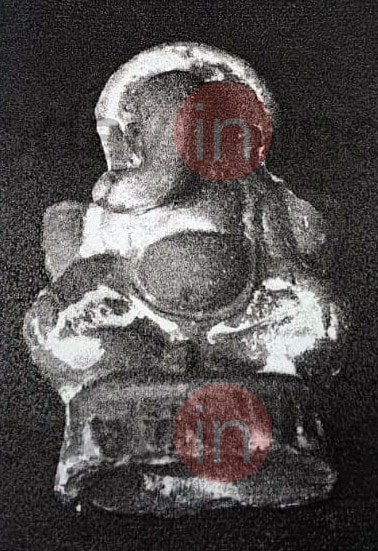
Hindu Advocates Bolster Claims:
Vishnu Shankar Jain, counsel for the Hindu petitioners, has been vocal about the report’s significance. He highlights details like the positioning and measurements of broken idols, claiming they support claims of temple remnants being incorporated into the mosque’s construction.
Jain goes further, drawing attention to inscriptions in Persian found on stone slabs, which he says describe the temple’s demolition under Mughal Emperor Aurangzeb in the 17th century. These inscriptions, he argues, leave little doubt about the existence of a grand Hindu temple where the Gyanvapi Mosque now stands.

